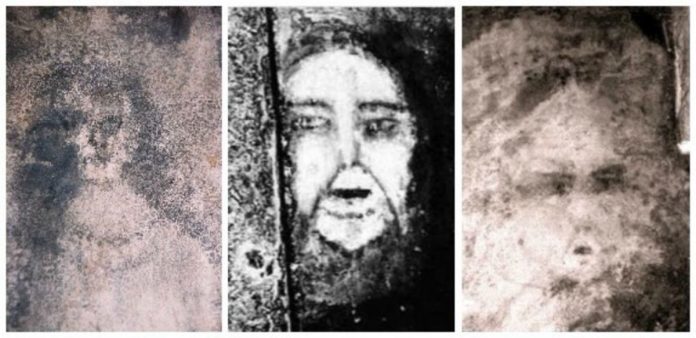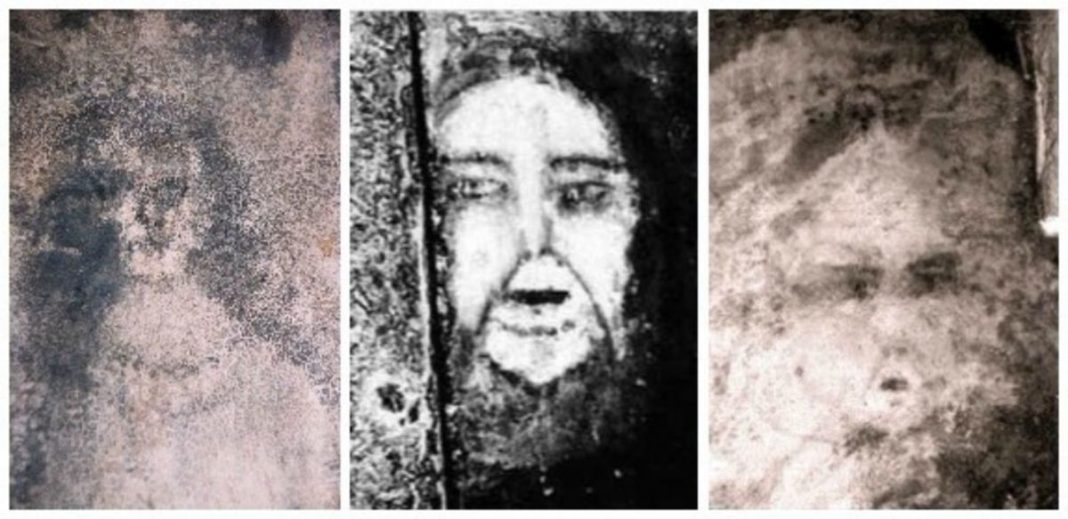Jack the Ripper is a name that evokes terror and chills even over a century after his crimes. In 1888, Whitechapel, a London district plagued by poverty and despair, became the hunting ground for this unidentified serial killer.
This article delves into the horrifying murders that cemented Jack the Ripper’s infamy. We’ll explore the details of the canonical five victims, women whose lives were tragically cut short. The brutality of the attacks and the killer’s elusiveness fueled public fear and ignited a massive investigation.
One of the biggest mysteries surrounding Jack the Ripper is his complete anonymity. Despite a relentless investigation, his physical appearance remains unknown. The lack of a definitive image has fueled speculation and wild theories, turning the Ripper into a figure of legend.
The Ripper’s crimes were particularly disturbing due to the mutilation of the victims. This has led to a persistent theory: Jack the Ripper might have had some medical knowledge. However, the reasons behind the mutilation and the Ripper’s motives remain unclear.
Despite a massive manhunt, Jack the Ripper vanished without a trace. This has spawned numerous theories about his ultimate fate. Did he simply disappear or perhaps even die shortly after the murders? The mystery surrounding his fate continues to be a topic of debate.
The enduring enigma of Jack the Ripper has transcended history. His story has been adapted in popular culture, with recent examples like the manga series “Record of Ragnarok.” While these portrayals take creative liberties, they highlight the case’s lasting impact.
The Jack the Ripper murders serve as a chilling reminder of a time when a monster walked the streets and justice evaded the grasp of the authorities. This unsolved case continues to fascinate us, a testament to the power of the unknown.
Whitechapel in Turmoil: The London of Jack the Ripper (1888)
London in 1888 was a city of stark contrasts. The grand boulevards and opulent mansions of the West End masked a grim reality for many Londoners. In the East End, particularly the Whitechapel district, poverty, overcrowding, and desperation were rife. Jack the Ripper would exploit these conditions, forever etching his name in Whitechapel’s history and the annals of true crime.
Whitechapel was a labyrinth of narrow, gaslit streets lined with lodging houses, brothels, and cheap saloons. Thousands of immigrants, many fleeing famine in Ireland, crammed into these tenements. Work was scarce, and many women, particularly those widowed or abandoned, resorted to prostitution for survival.
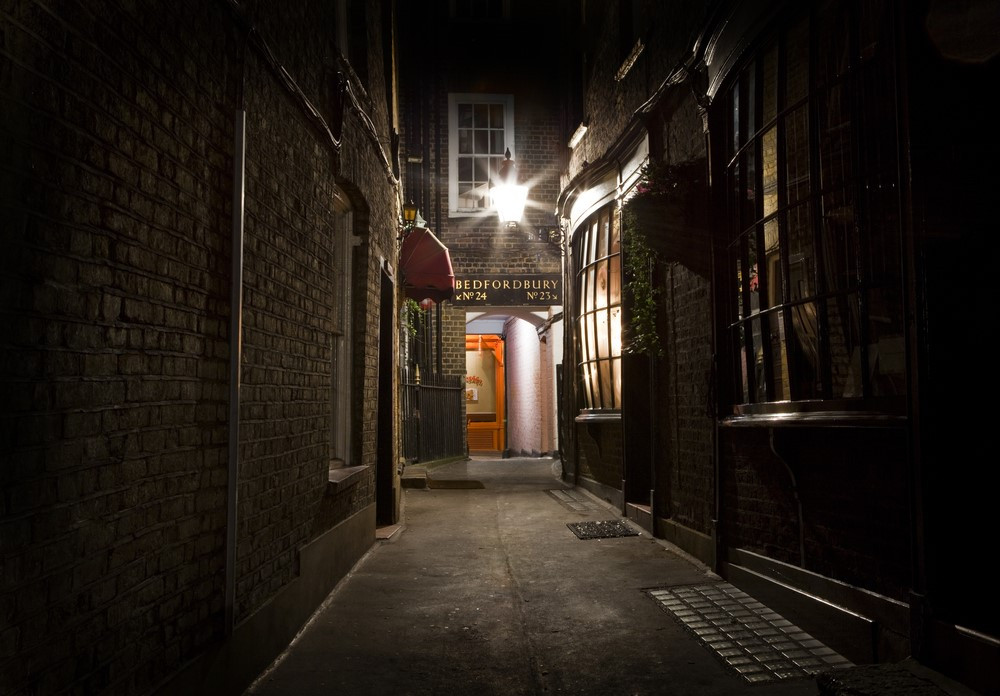
Jack the Ripper thrived in this atmosphere of fear and anonymity. His crimes, targeting these vulnerable women, sent shockwaves through Victorian society. The brutality of the murders, with victims’ throats slashed and bodies mutilated, fueled public panic. The ineffectiveness of the police, then still a relatively new concept, further eroded trust in the authorities.
Newspapers, a burgeoning force in the late 19th century, seized on the story. Jack the Ripper became a household name, thanks in part to sensationalized stories and lurid illustrations. Public pressure intensified, demanding answers from a seemingly powerless police force. Theories about the killer’s identity ran rampant, with everyone from doctors to butchers being suspects.
The atmosphere in Whitechapel became a toxic mix of fear, suspicion, and despair. Residents lived in constant terror, unsure who might be the next victim. Jack the Ripper’s reign of terror, though brief, cast a long shadow over Whitechapel and Victorian England as a whole. The unsolved murders continue to fascinate and horrify to this day, a testament to the enduring legacy of this infamous killer.
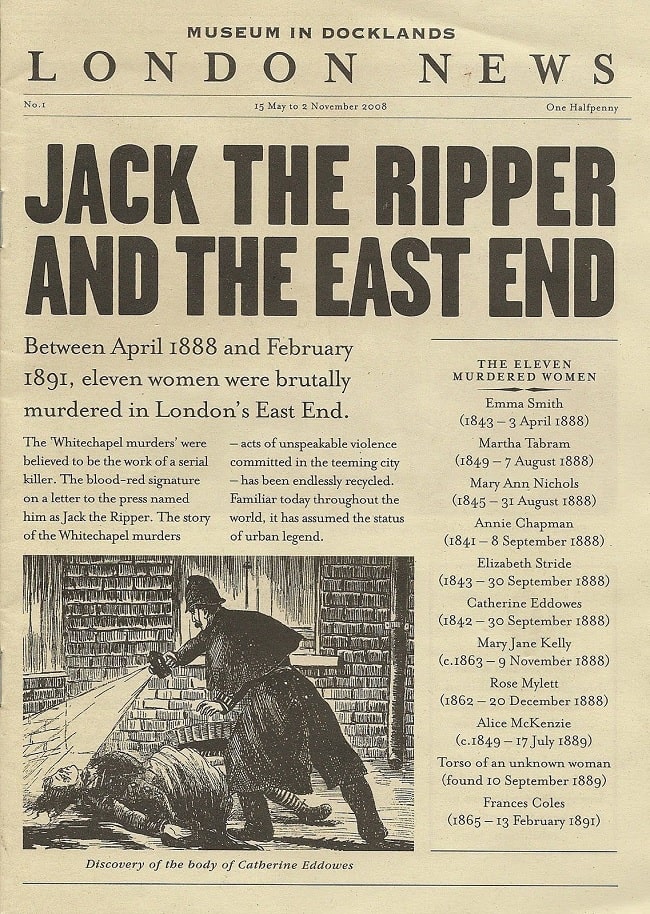
Frequently Asked Questions (FAQs)
1. Who were Jack the Ripper’s victims?
Jack the Ripper’s victims are known as the “canonical five.” They were Mary Ann Nichols, Annie Chapman, Elizabeth Stride, Catherine Eddowes, and Mary Jane Kelly. All were poor women who worked as prostitutes in Whitechapel.
2. Why is Jack the Ripper’s identity unknown?
Despite a massive investigation, Jack the Ripper’s identity remains a mystery. Witness descriptions were inconsistent, and forensic science in the late 19th century was limited. The lack of a definitive image has fueled speculation and conspiracy theories.
3. What was the motive behind the Jack the Ripper murders?
The Ripper’s motives are unknown. Some theories suggest a hatred for prostitutes, while others point to a possible medical connection due to the mutilation of the victims. The Ripper’s targeting of vulnerable women in impoverished Whitechapel also raises questions about the social conditions of the time.
4. What are some theories about Jack the Ripper’s fate?
Theories about Jack the Ripper’s fate range from him simply disappearing to him dying shortly after the murders. Some speculate he was a person of authority who used his influence to evade capture, while others offer more outlandish explanations.
5. How has Jack the Ripper been portrayed in popular culture?
Jack the Ripper’s infamy has extended to popular culture. The manga series “Record of Ragnarok” is a recent example, portraying him as a fictionalized character. While these portrayals take liberties, they highlight the enduring fascination with the Jack the Ripper case.
The Canonical Five: Victims and Brutal Acts (August-September 1888)
The summer and early fall of 1888 in Whitechapel were marked by a series of horrific murders that cemented the notoriety of Jack the Ripper. These five victims, forever linked to the Ripper’s crimes, are known as the “canonical five.”
The first confirmed victim, Mary Ann Nichols, was found in the early morning hours of August 31st. Her throat had been slashed, and her abdomen had been ripped open. This savagery became a chilling hallmark of the Jack the Ripper murders. Over the next few weeks, four more women would meet similar fates: Annie Chapman, Elizabeth Stride, Catherine Eddowes (often referred to as Kate), and Mary Jane Kelly.
*The brutality of the attacks wasn’t the only common thread. All five victims were poor women who worked as prostitutes in Whitechapel. This detail fueled speculation about the killer’s motives. Some believed he harbored a deep hatred for prostitutes, while others theorized a medical connection due to the surgical precision of some of the mutilations. Another unsolved mystery that continues to baffle investigators is the case of The Somerton Man. Read about The Somerton Man: The Truth of Code, Suitcase & No Identity to delve into another historical enigma.
The nature of the Ripper’s crimes also raised questions about the victims’ vulnerability. Whitechapel’s impoverished conditions forced many women into prostitution, leaving them isolated and easy targets. The lack of police protection in this impoverished area further exacerbated the situation.
Despite extensive investigations, the identity of Jack the Ripper remains a mystery. The savagery of the attacks, the targeting of vulnerable women, and the killer’s elusiveness all contributed to the public’s terror and the enduring fascination with this unsolved case.
The stories of the “canonical five” are more than just details in a historical crime spree. They are a stark reminder of the harsh realities faced by many in Victorian London, particularly women living in poverty. Their tragic fates continue to resonate, serving as a chilling reminder of the Ripper’s reign of terror.
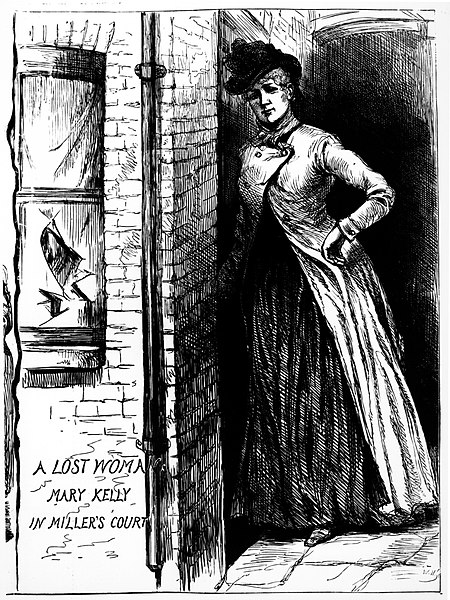
Jack the Ripper’s Mutilations: A Gruesome Puzzle
One of the most unsettling aspects of the Jack the Ripper murders was the brutal mutilation of the victims. Beyond the characteristic throat slashings, several victims had organs removed or partially removed with a surprising degree of skill. This gruesome detail has fueled endless speculation and a persistent question: why did Jack the Ripper take organs?
Theories about Jack the Ripper’s motivations for mutilation have swirled for over a century, with some offering more weight than others. Here, we’ll delve into the most prominent explanations:
1. Medical Knowledge?
The surgical precision evident in some of the mutilations fueled the theory that Jack the Ripper might have possessed some form of medical knowledge. Proponents of this theory point to the quick and seemingly practiced removal of organs, suggesting a level of anatomical understanding beyond that of a layman.
However, Victorian medical practices were often far from the sterile and precise procedures we see today. Dissections were rough, and surgery relied more on brute force than finesse. Additionally, some of the mutilations appeared haphazard, suggesting a lack of refined medical expertise.
2. Anatomic Curiosity or Ritual?
Another theory proposes that the Ripper might have had some knowledge of human anatomy, perhaps from working in a slaughterhouse or attending public anatomical demonstrations, which were common in the late 19th century. This could explain a basic understanding of the human body without necessarily indicating formal medical training.
Furthermore, some scholars posit a ritualistic element to the mutilations. Perhaps the removal of organs held some symbolic meaning for the Ripper, linked to Victorian anxieties about sex, death, and the female body.
3. Sadistic Display of Power?
A simpler, and perhaps more disturbing, explanation is that the Ripper’s mutilations were a sadistic display of power and control. The act of removing organs could have been intended to inflict additional pain and suffering on the victims, further extending his dominance over them.
The Mystery Endures
Unfortunately, the Ripper’s motives for mutilation, just like his identity, remain a chilling enigma. Perhaps advancements in forensic science or the unearthing of new evidence will one day shed light on this aspect of the Jack the Ripper murders. Until then, the gruesome puzzle continues to haunt investigators and true crime enthusiasts alike.
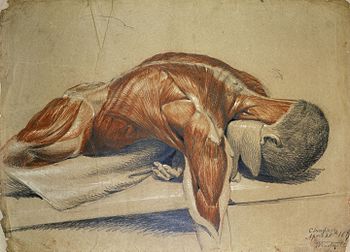
Remember, Jack the Ripper remains one of history’s most notorious serial killers. The enduring mystery surrounding his crimes continues to capture our imaginations, and the question of why he took organs is just one piece of the puzzle that continues to baffle us.
Jack the Ripper: A Face Lost to Time
One of the most enduring enigmas surrounding Jack the Ripper is the complete absence of a confirmed image of the killer. Despite a relentless police investigation and public obsession, the Ripper’s physical appearance remains a frustrating mystery.
Police relied heavily on witness accounts to build a profile of the Jack the Ripper suspect. Descriptions varied, with some reporting a clean-shaven man and others describing a man with a mustache or beard. These inconsistencies further clouded the picture.
Composite sketches, based on witness descriptions, were circulated in an attempt to identify the killer. However, their accuracy is highly questionable. Witnesses, often traumatized and under poor lighting conditions, might not have provided reliable details. Additionally, the limitations of forensic science in the late 19th century hampered efforts to gather physical evidence that could definitively link a suspect to the crimes.
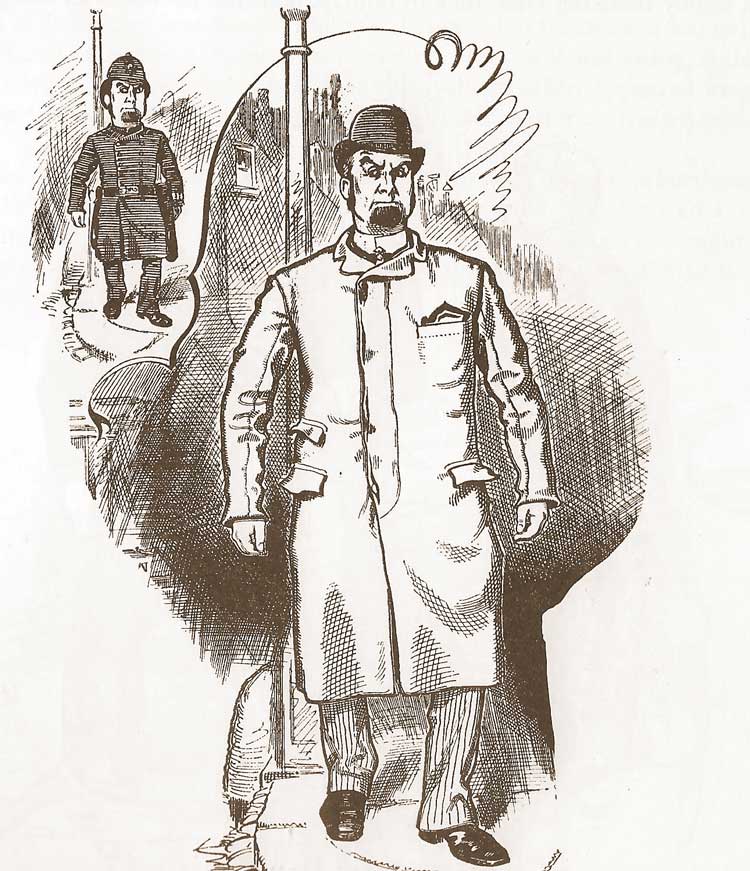
The lack of a definitive image of Jack the Ripper has fueled a cottage industry of speculation and conspiracy theories. Suspects have ranged from respectable doctors to impoverished immigrants, with varying degrees of credibility. The anonymity of the killer has also allowed him to take on an almost mythical status, further solidifying his place in the annals of true crime.
In recent years, there have been claims of newly discovered evidence, including a walking stick allegedly belonging to a detective containing a carving of the Ripper’s face. However, the authenticity of such finds is often hotly debated by experts.

The mystery surrounding Jack the Ripper’s identity continues to be a source of fascination for Ripperologists and the general public alike. Without a definitive answer, the speculation and theories will likely continue for years to come. Perhaps someday, with advancements in forensic science or the unearthing of new evidence, the face of Jack the Ripper will finally be revealed. However, for now, he remains a chilling figure shrouded in the fog of Victorian London.
Mutilation and Medical Knowledge: Why Did He Take Organs?
One of the most unsettling aspects of the Jack the Ripper murders was the 凶悪な (kyouaku na – brutal) mutilation of the victims. Beyond the throat slashings, several victims had organs removed or partially removed with a surprising degree of skill. This has led to a persistent theory: did Jack the Ripper possess some form of medical knowledge?
The surgical precision of some of the mutilations fueled speculation that the Ripper might have been a doctor, butcher, or someone with anatomical training. This theory gained traction due to the quick and seemingly practiced removal of organs in some cases. Proponents argue that the speed and efficiency displayed suggest a level of anatomical knowledge beyond that of a layman.
However, there are counterarguments to this theory. Firstly, Victorian medical practices were often rough and lacked the precision associated with modern surgery. Secondly, some of the mutilations appeared more haphazard, suggesting a lack of refined medical expertise.
An alternative theory suggests the Ripper might have had some knowledge of human anatomy, perhaps from working in a slaughterhouse or attending public anatomical demonstrations, which were common at the time. This could explain a basic understanding of the human body without necessarily indicating formal medical training.
Another possibility is that the Ripper’s skill was exaggerated. The Ripper likely operated under the cover of darkness and may have relied on a combination of luck and opportunism to achieve the level of mutilation seen in some cases.
Ultimately, the Ripper’s motives for removing organs remain unclear. Some theories suggest a sadistic desire to inflict additional pain, while others posit a ritualistic element. It’s also possible there was no specific motive, and the removal of organs was simply a byproduct of the killings.
The mystery surrounding the Ripper’s medical knowledge, or lack thereof, continues to fuel debate among Ripperologists. While the surgical precision of some mutilations is undeniable, it’s important to consider the limitations of Victorian medicine and the possibility that the Ripper’s skill might be overstated. Without a definitive answer, the reasons behind the Ripper’s gruesome acts remain lost to history.
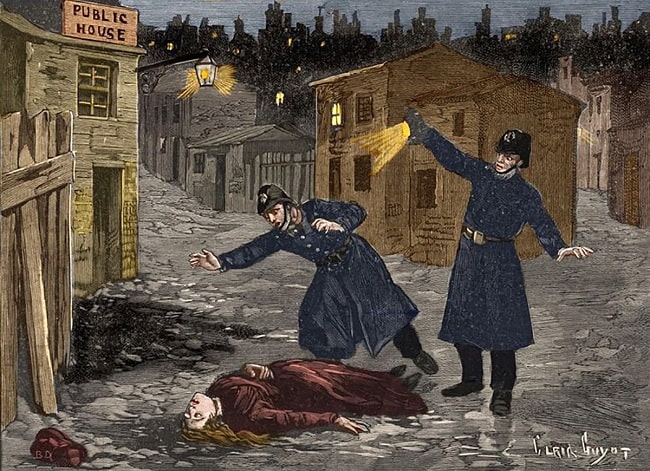
Manhunt and Elusive End: Jack the Ripper’s Fate
Despite a massive investigation by the Whitechapel police, Jack the Ripper managed to evade capture. This failure to apprehend the killer not only fueled public outrage but also spawned numerous theories about the Ripper’s ultimate fate.
The most straightforward explanation is that the Ripper simply disappeared. He might have fled London, perhaps even leaving England altogether. Given the limited travel restrictions of the late 19th century, this wouldn’t have been an insurmountable task.
Another theory suggests the Ripper died shortly after the murders, perhaps from illness or accident. This would explain the abrupt end to the killings. However, without a body or any concrete evidence, this theory remains speculative.
Some theories delve into the darker side of Victorian society. The Ripper might have been someone with a position of power or privilege, allowing him to use his influence to evade suspicion and justice. This theory, often labeled a “conspiracy theory,” lacks credible evidence but reflects the public’s frustration with the lack of a resolution.
The investigation itself has also come under scrutiny. Critics point to shortcomings in police work, including the initial dismissal of the murders and the failure to properly secure crime scenes. These shortcomings might have allowed the Ripper to slip through the net.
The mystery of Jack the Ripper’s fate has also led to more imaginative explanations. Some believe he emigrated to a far-flung corner of the British Empire, while others posit a more outlandish escape, such as fleeing to the United States on a transatlantic steamship.
The truth, however, likely lies somewhere in the realm of the mundane. The Ripper was most likely a man of ordinary means who managed to exploit the chaos and anonymity of Whitechapel to commit his heinous crimes. His ability to blend back into society after the murders would then be less a matter of grand escape and more a reflection of the limitations of Victorian policing.
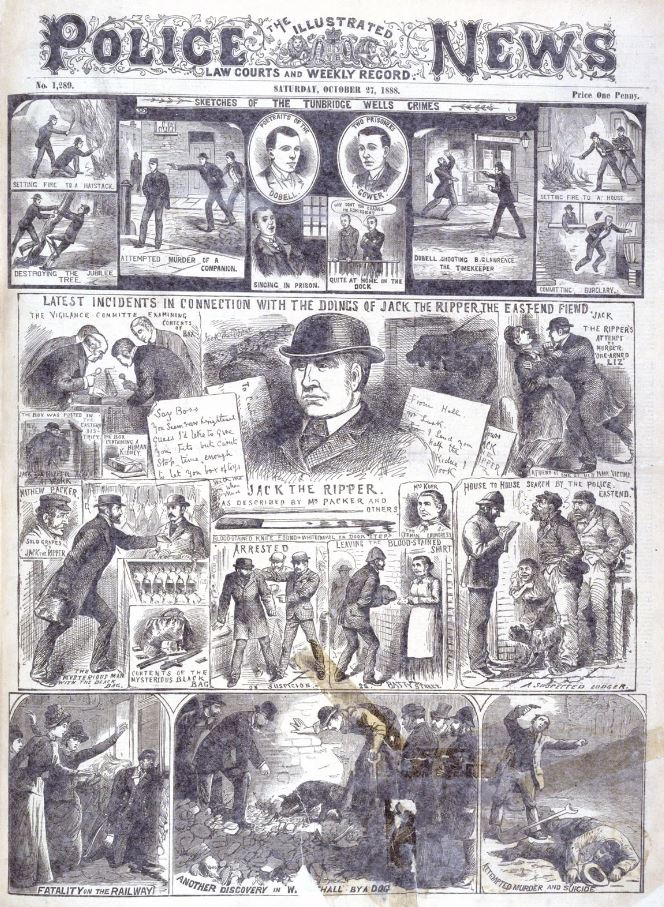
Record of Ragnarok: Fact, Fiction, and the Ripper’s Enduring Influence
The enduring mystery surrounding Jack the Ripper has transcended history, finding its way into popular culture. A recent example is the manga series “Record of Ragnarok,” which pits legendary figures from history against gods in a battle for humanity’s survival. Jack the Ripper is chosen as one of humanity’s champions, adding a unique twist to his legacy.
“Record of Ragnarok” takes significant artistic liberties. The Jack the Ripper depicted is a far cry from the unknown killer who terrorized Whitechapel. He’s portrayed as a cunning and charismatic fighter, a stark contrast to the historical figure shrouded in anonymity. While this creative portrayal entertains, it’s important to remember the distinction between fact and fiction.
However, “Record of Ragnarok” highlights the lasting impact of the Jack the Ripper murders. The case continues to fascinate writers, filmmakers, and the general public alike. This enduring interest stems from the unsolved nature of the crimes, the brutality of the killings, and the social context of Victorian London.

The Ripper’s legacy is a complex one. He represents the dark underbelly of Victorian society, a time of immense wealth and progress alongside desperate poverty and social inequality. The murders also exposed the limitations of Victorian law enforcement, highlighting the vulnerability of marginalized groups like the women targeted by the Ripper.
While the historical Jack the Ripper remains a mystery, his image continues to evolve in popular culture. Works like “Record of Ragnarok” offer a fictionalized take on the Ripper, sparking renewed interest in the case and the historical period.
The Ripper’s story serves as a chilling reminder of unsolved crimes and the enduring power of the unknown. Perhaps someday, with advancements in forensic science or the unearthing of new evidence, the true identity of Jack the Ripperwill finally be revealed. Until then, he remains a chilling figure, forever etched in the annals of true crime.
Use of Our Content
⚠️ Content on “Mystery Uncover” is protected under US and International Copyright Laws.
You are free to reuse, republish, and share our content by giving credit to the source as Mystery Uncover with a link to the original material on mysteryuncover.com.




